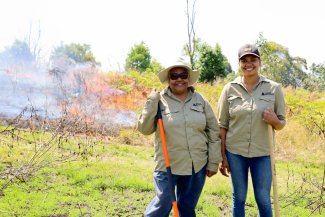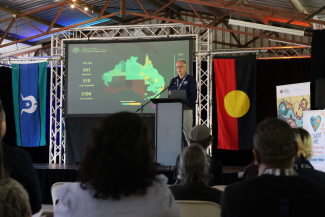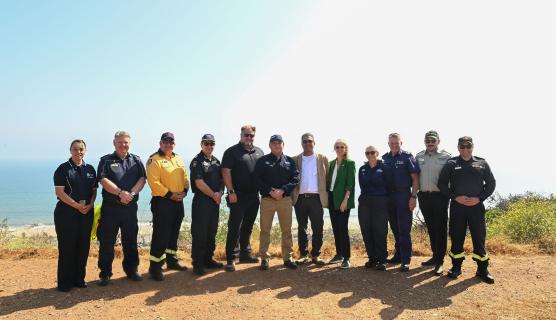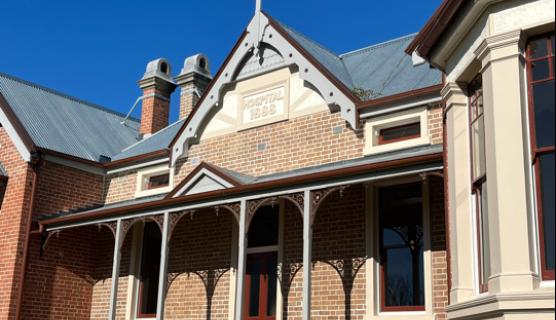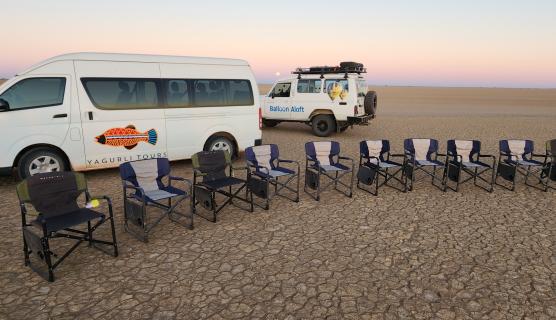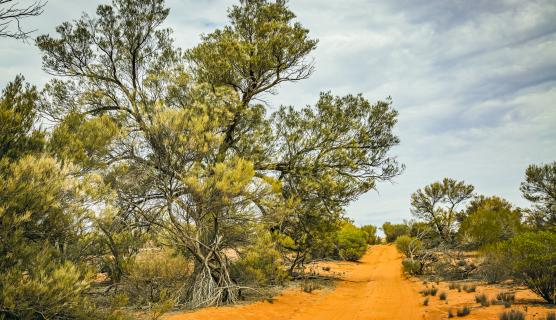We were proud to attend the 2024 NIDR Gathering on Bundjalung Country in Lismore. NIDR champions Indigenous leadership in disaster resilience through research with Indigenous communities across Australia.
As a proud sponsor of the Gathering, we were privileged to be invited to listen and learn from this important event. The Gathering brought people together to share the challenges Indigenous people continue to face in the context of a changing environment. It also showcased the strength of Indigenous leadership and the power of country and community in recovery.
From 24-26 September, participants gathered at Lismore Showgrounds for an important Indigenous-led conversation on disaster resilience and preparedness.
From sharing knowledge nationally and internationally, to stories of resilience and rich history, no stone was left unturned.
A Welcome to Country led by Aunty Thelma highlighted the deep connections to country held by Indigenous communities in Lismore and its surrounds for many years. Other topics covered over the three days included:
- Caring for Country
- Healing Hubs; and
- International Perspectives.

